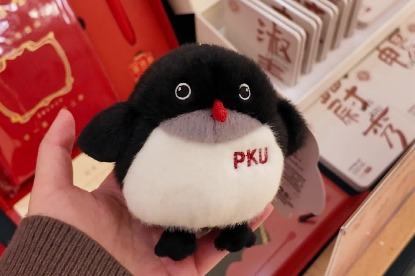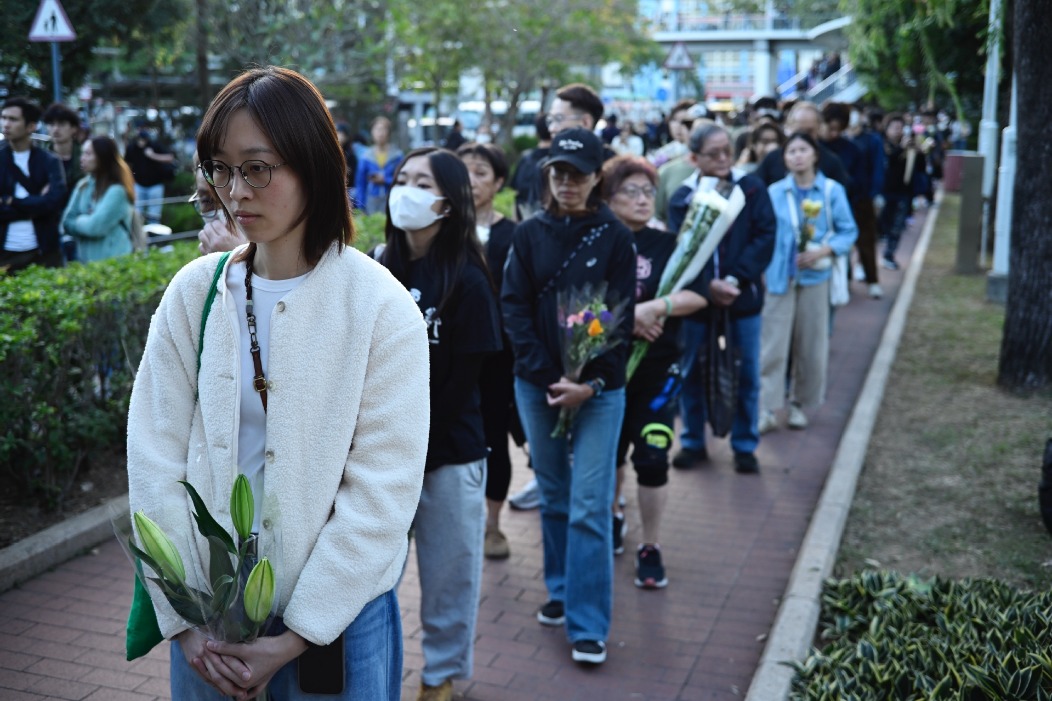Why Western mudslinging has failed to dampen Xinjiang cotton


Strong domestic support
The West's mudslinging campaign has not only put Xinjiang cotton under the global spotlight but also drawn many consumers to its high quality, which is attributed to ample sunshine, arid weather and significant temperature differences between day and night.
Many apparel companies are proud to show off their use of Xinjiang cotton as a signature of high quality. Chinese brand Li-Ning has been putting "made of Xinjiang cotton" on their price tags. A cotton sample is even attached to some products.
"After the boycott, many teenagers have come to our store specifically asking for clothes made of Xinjiang cotton. Sales can go over 100 pieces a day," said Huang Qiuyan, a saleswoman in a Li-Ning store in Shihezi.
Textile products made of Xinjiang cotton are also popular at Chinese stores of Japanese retailer Muji, which has said it would continue to use Xinjiang cotton as no proof of forced labor has been found. On many e-commerce platforms, "made in Xinjiang" or "shipped from Xinjiang" were highlighted as sales boosters.
The CCA expected the country's cotton consumption to expand about 5.9 percent year on year in the 2020-2021 period.
- Beijing community leads the way in grassroots governance
- HKSAR govt extends thanks to various units for supporting people affected by residential complex fire
- Influencers barred from vulgar, false, or harmful content
- Hangzhou–Quzhou High-Speed Railway begins operations
- China records rise in survival prospects for child and adolescent cancer patients
- Ministry unveils draft revision of the national air quality standards





































